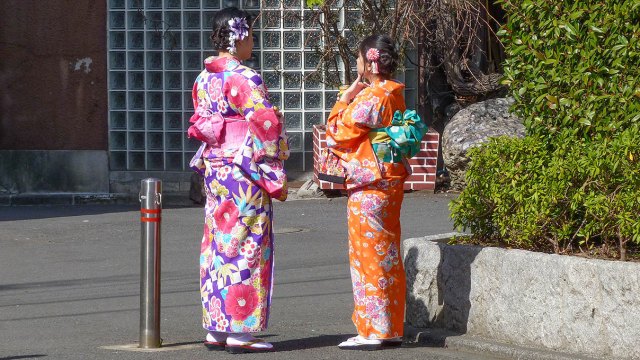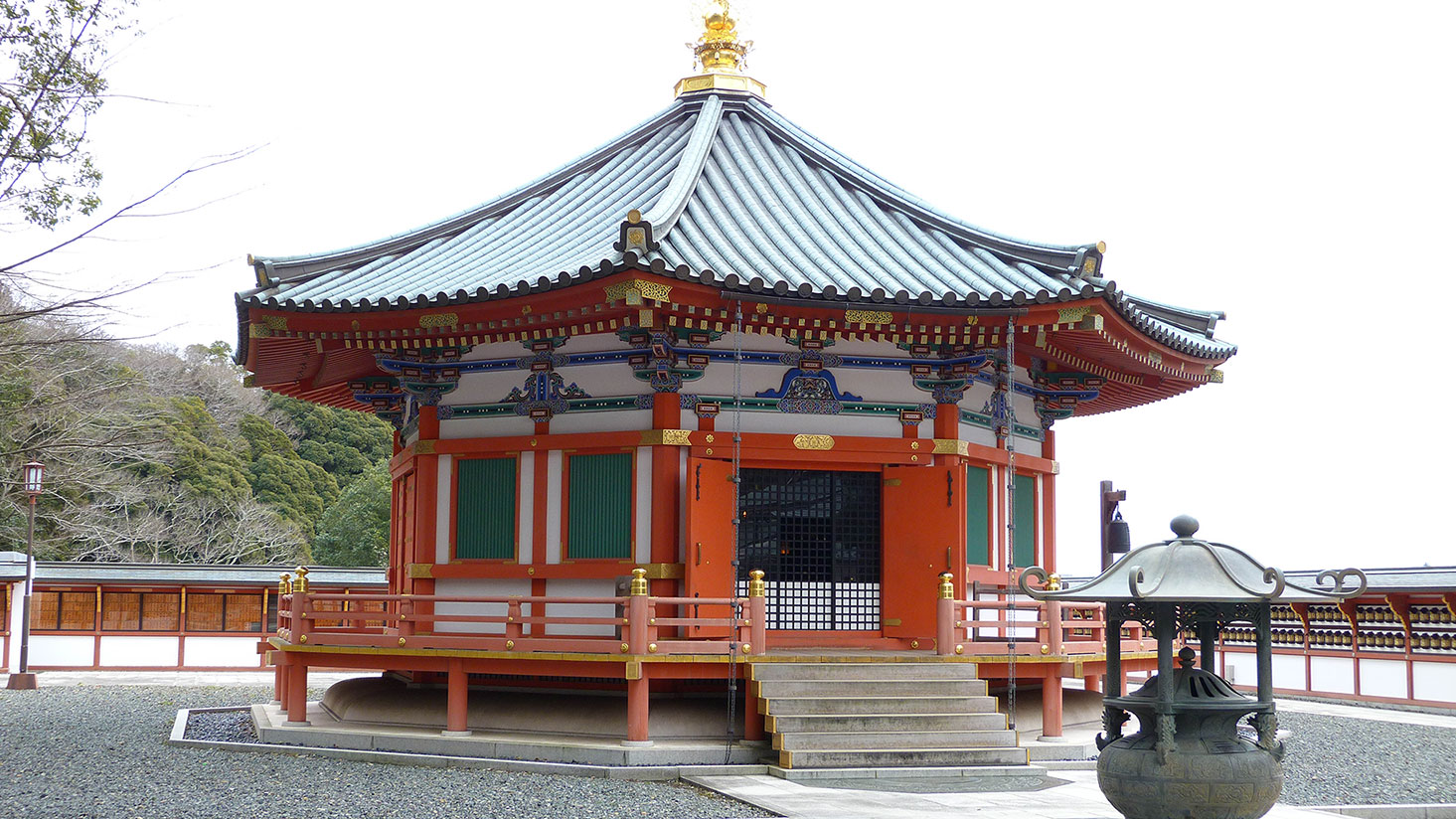
This column is a result of a composite of interviews with several people. I came away from researching Japan with the definite urge to visit the unique cities and culture of this country.
The gardens in Japan are pristine. The many shrines, temples, and architectural features are distinctive. Some of Japan’s fascinating culture is derived from its many religions, Hindu, Buddhism and Shintoism. In temples and shrines, animals are manifestations or symbols of the divine. The high-speed bullet train is an experience in Japan. It’s the fastest way for visitors and citizens alike to get to cities from Tokyo to Osaka to Kyoto, Hiroshima, Nagoya, and Fukuoka.
Tokyo is a modern city of 37 million people. Looking up, I saw ramps to multi-levels of highway. Despite the many levels of highway, the city was relatively quiet. It was very clean; each person carried their own bag to collect the trash accumulated during the day. Men and women going to work all wear blue suits and white shirts.
Throughout Japan, people bow to one another. Honor is of primary importance. They are respectful and polite to one another. They wear masks in crowded areas such as trains and buses.

Photo by Dr. Mark Applebaum
Geishas
It’s important for visitors to understand the culture, especially when dining in restaurants. They may think the service is poor or slow at a restaurant. To Japanese waiters, it is rude to interrupt their guests. They watchfully wait to be summoned for people to order food or request other services such as more water or the check.
Also unique to Japan are the geishas, alluring women known for their elaborate makeup, hairstyles with flowers and wearing the traditional dress, kimonos with wide belted obis. Hosting in tea rooms, they perform music and tea ceremonies, sing and dance. They live in private areas where tourists can’t touch them. Geishas will never marry because if they do, they must move out of their houses.
The Tsukiji fish market of Tokyo is a site not to miss. Visitors can see fish and sea creatures fresh off the boats, as well as seasonal fruits and vegetables. People are encouraged to make it a participatory experience by sampling fresh sushi, tuna, and authentic Japanese cuisine. Tucked away near the market is a quiet shrine to Namiyoke Inari, a Shinto deity who removes misfortune and overcomes waves.
One hour outside of Matsue, the Adachi gardens are magnificent, but can only be viewed from the Adachi Museum of Art. No one is allowed to walk in it.

Photo by Dr. Mark Applebaum
Japanese garden in Kyoto
A key reason to visit Osaka, a modern city, is to taste the Takoyaki balls, a pancake batter dish made with minced or diced octopus (tako), crunchy tempura scraps, pickled ginger and green onions brushed with Takoyaki sauce, Worcestershire-like sauce and mayonnaise, and then sprinkled with sea cabbage and shavings of dried bonita, a tuna-like fish. Yaki comes from the word yaku which is one of the cooking methods in Japanese cuisine, meaning to grill and is also used in the names of other famous Osakan dishes.
Interestingly, the Nagasaki Museum presents the one day in its history, August 9,1945, when Americans bombed the city. The Japanese bombing of Pearl Harbor that provoked the war was never mentioned. The atomic bombing of Japan killed about 140,000 people in Hiroshima and 74,000 in Nagasaki including those who died from radiation poisoning.
However, the United States did not bomb Kyoto because one of the U.S. generals loved the architecture of the temples, shrines, palaces, castles, and gardens there. The Japanese principles of beauty, calm and tranquility dominate the atmosphere throughout Kyoto.

Photo by Dr. Mark Applebaum
Mount Fuji
Kyoto was the capital of Japan until 1869. Among the many renowned sites are The Kyoto Imperial Palace that was the residence of the Imperial Family in Kyoto Gyoen Park, the Buddhist religious pagodas, tiered towers with multiple eaves and roofs curving upward, and Njio Castle, a UNESCO World Heritage Site. The outdoor Kyoto Museum of Fine Arts created by Tadao Ando is a garden with large and small art installations, concrete construction and a waterfall pouring into a pond. There are picturesque mountains and a bamboo forest.
Honshu, the main island of Japan, is the tourist destination for all these unique cities and sights. It is also home to the famous active stratovolcano Mount Fuji. J. never saw Mount Fuji because of the cloud cover. Another tourist saw it from the train.
I look forward to planning a visit to Japan.

Photo by Dr. Mark Applebaum
Shrine





